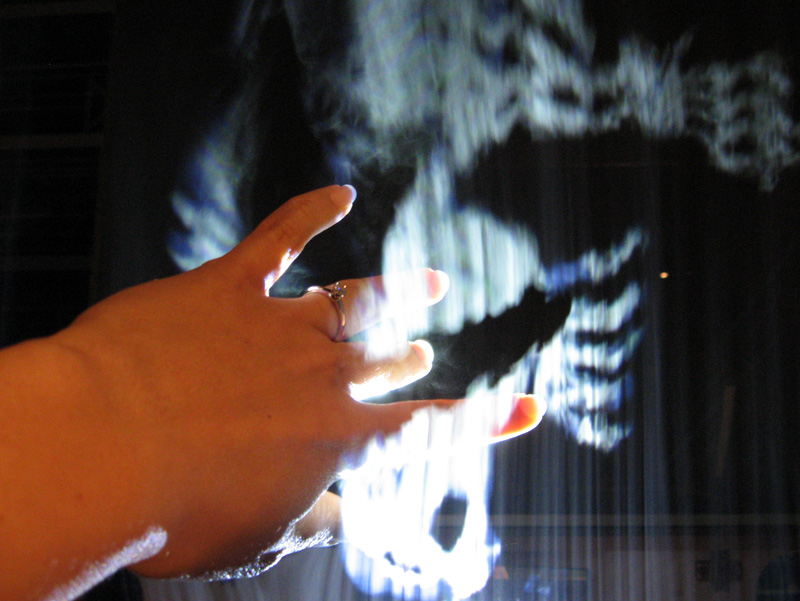Touch Screens are so Yesterday. 3D Holographic Displays are Taking Over
The leap from touch screen to 3D holographic displays is by far the most dramatic shift in media interaction yet.
Image by sereneonion via Flickr
3D holographic displays are the most recent tech to warm up to the public, and they are all set to disrupt the touch screen market. It has been a long time coming.
With lower cost of production in addition to advances in holographic output and computer input, the days of mainstream 3D holographic projection has arrived.
Vintage Chic
Like the hoverboard, quality realistic 3D holographic displays have been in demand since before the technology was even available – over 30 years, to be a little bit more precise.
Since 1977, 3D holographic displays have been popular among technology enthusiasts, when the first Star Wars was released. And that love for 3D holographic displays doesn’t come lightly.
The consumer public have high expectations for 3D holographic displays; depending on the application of the technology, they expect to be able to interact with them in real-time, too. And it is that last hurdle that has been economically addressed in recent years.
With the advent of motion-detection technologies like Xbox Kinect and gyroscopic hardware built into mobile devices that are as affordable as they are effective, 3D holographic displays are ready to be paired to create a truly interactive holographic experience.
Why is 3D Holographic Display a Touch screen Killer?
- 3D holographic displays can be built in a number of different ways depending on budget constraints; free form holograms can be produced with or without a screen.
- A touch screen can be “3D” if you wear a bulky eyesore of a pair of glasses or attach a touch screen to your face with a cardboard box and a rubber band. No, really. This is how touch screens are trying to stay competitive: https://www.google.com/get/cardboard.
- 3D holographic display has 38 years of cool factor to back it up.
- Images are life-like, true to form, and can be actual size.
- The number of applications possible with interactive 3D holographic displays is growing every year; from surgery training programs and real time communication to replacing the interface of a computer operating system –the ‘eye is the limit’.
- 3D holographic technology can take up much less space than a touchscreen and no space at all when not in use –and to the contrary it can also appear hundreds of times larger for no increase of price.
- 3D holographic technology is already fully functional, alive, and well; HD Filming for 3D Hologram films, television shows, music videos, and other media applications have already been underway for years and it’s getting cheaper year after year.
Advertiser’s Beacon into the Future
It is no secret that when it comes to new and emerging technologies, advertisers and branding agencies love to suck up some wow factor by experimenting with them.
They make it their business to learn what works with a crowd, and what doesn’t –and they usually have larger budgets. As a result, the general public has been exposed to elaborate uses of 3D holographic technologies, leaving people wanting more; click here to see more about our website.
3D holographic technology is irresistible. The advertising possibilities with 3D holographic displays are limitless from traditional holograms to augmented reality; the ‘brandscape’ will never be the same again.

